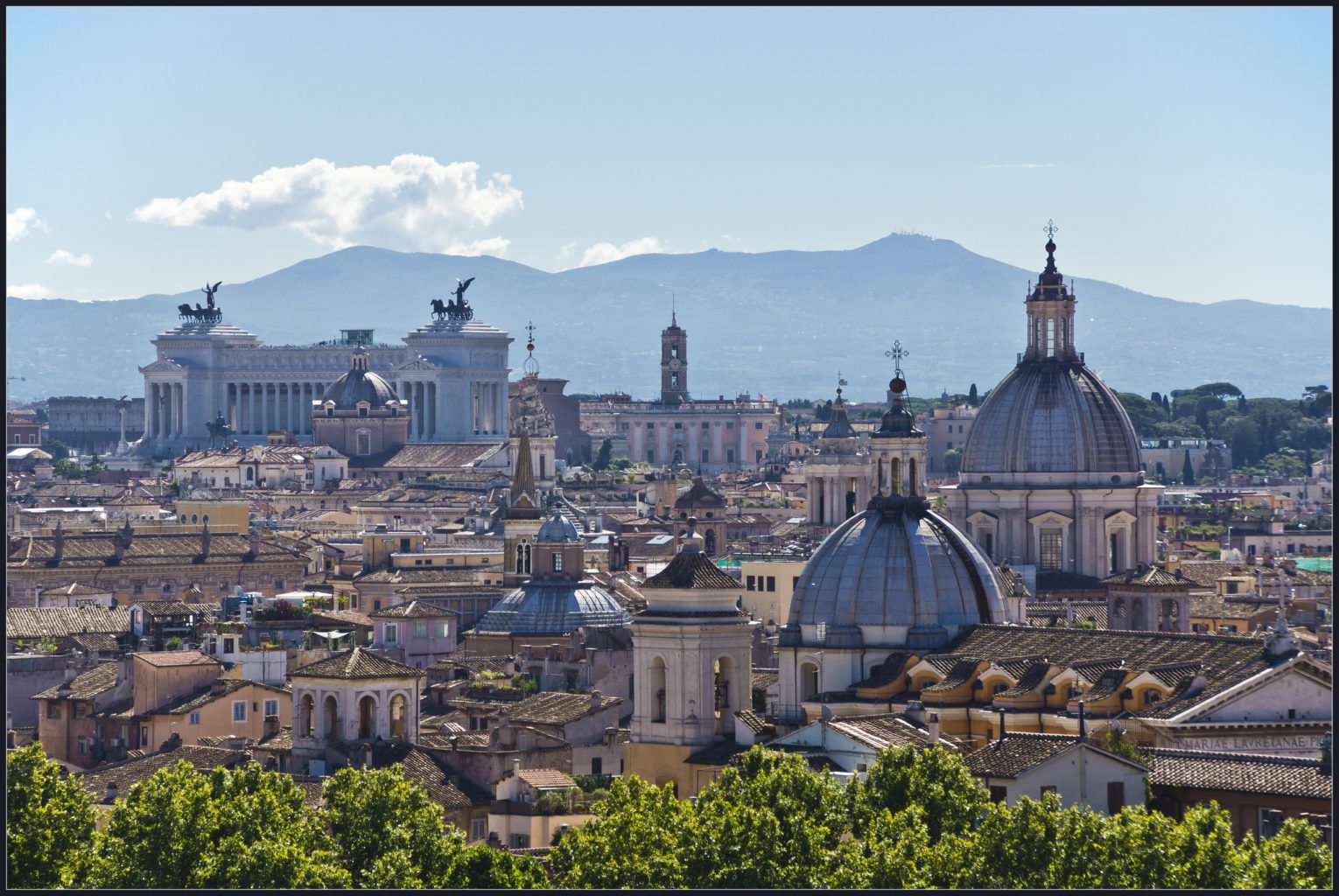Rome: The Invisible City
[dropcap]T[/dropcap]he paradox of tourism lies behind the secretive re-conceptualisation of a place’s identity, bound to the exclusive perspective of who is visiting. Each of us approaches space differently, and each of us shares a specific relationship with those places where our life unfolds. Airports, for example, mean both arrivals and departures, reconciliations and goodbyes. Each traveller looks at the airport from their own perspective, so as each member of the staff relates to the spaces inside the airport differently from one another.
Tourism corresponds to an avalanche of identities projected onto a single place, visited by people who carry with them the most interesting stories. Tourism challenges identities and compels them to conform to a pre-given standard that wants to sell before it wants to live. What happens then to the local spirit, the identity projected by those who work there, live there, eat there every day? What hides behind the flawless façade that the industry of tourism has framed in a photoshopped postcard?
The expectations publicised in tourist guides are fake masks, because they sell an incomplete image of Rome, of the world, of life
Every time you step in a new city, you are entering a multi-layered dimension in which different varieties of the same city occupy the same geographical space. The eye must be trained to spot the multitude of signs that call for this concealed co-existence, and these signs will tell you the true stories of the city, those which cannot be found in guidebooks and airline companies’ magazines. Take Rome, for example. The eternal city, the dawn of civilisation: Colosseum, Piazza Navona, the Ara Pacis, the Trevi Fountain. This is the timeless idea of Rome, carved in the vastness of history. But it does not portray faithfully what Rome is today.
I think I have ended up in the most controversial, multi-faceted and enigmatic city in Europe. There is so much to explore one could spend a lifetime and still that would not be enough to grasp the immensity of Rome. An immensity that is replicated in a variety of copies and sub-copies of reality unfolding as ‘invisible cities’ piled up on one another. The cat shelter in Largo Argentina, the 500 women in San Lorenzo, and Termini station – which is a portal to anywhere else in the world.
I am on the tram now, on my way home. People are looking at each other with resignation, because we all look like canned sardines in the most miserable-looking tram I have ever seen, and we are recounting the true story of one of the most visited cities in the world. They teach me that the expectations publicised in tourist guides are fake masks, because they sell an incomplete image of Rome, of the world, of life. No one really wants to visit the aseptic room of a hospital. Travelling must be considered as a continuation of life, rather than an interruption. The contrast between ugly and beautiful, majestic monuments and old warehouses falling apart, is what encompasses a form of beauty that is closer to reality. Rome is a metaphor for life, and this realisation is a gift I will keep with me every time I am outside, looking up and admiring the stripes of blue sky between the Roman stunning palazzi and ugly apartment blocks.


Comments